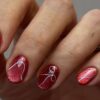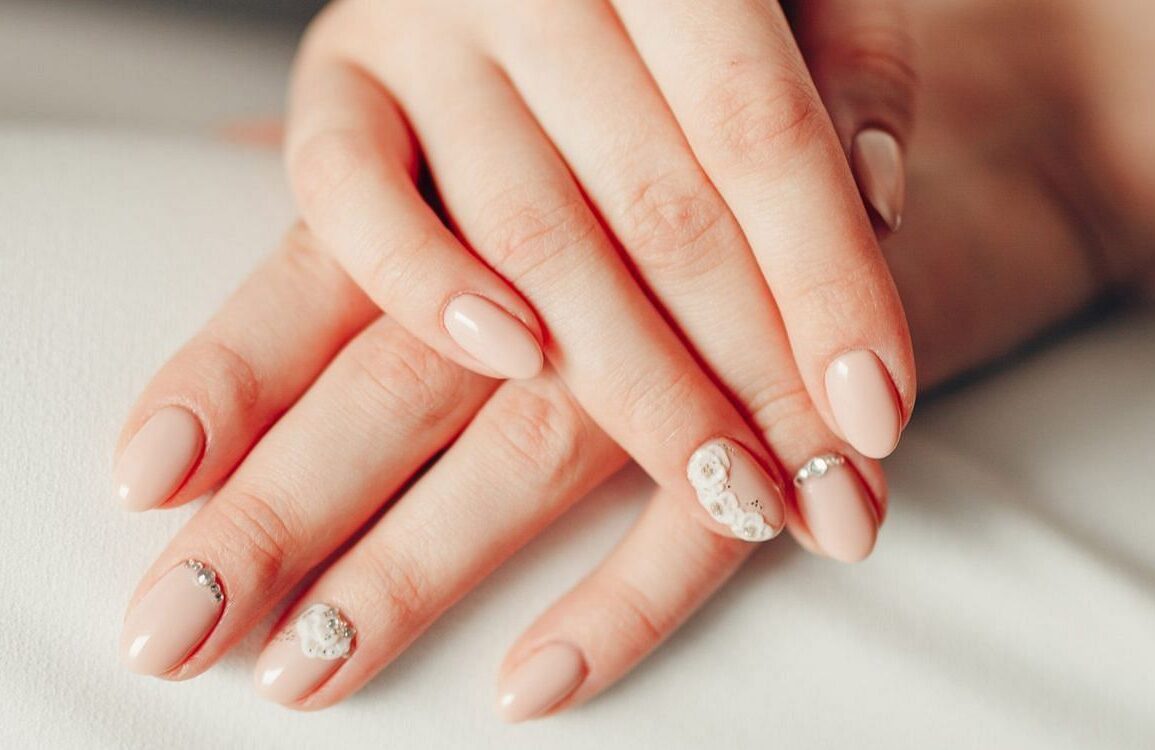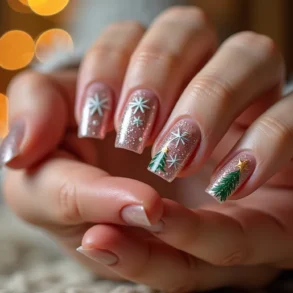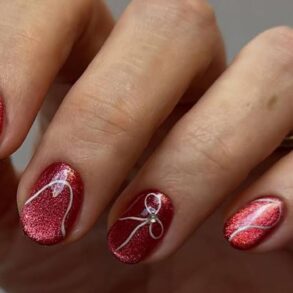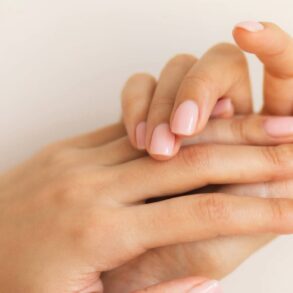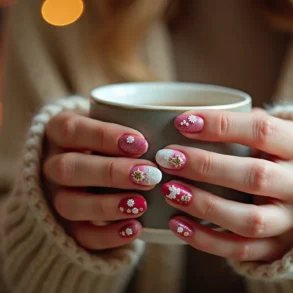One of the most widely used cosmetic products, gel polish has been quite popular when it comes to making your nails look pretty. It is like that trusty friend who always makes your nails look fabulous and the nail industry’s game-changer, giving you a manicure that’s tough as nails.
This magical lotion combines a base coat, color, and top coat, and with a little UV or LED light love, they bond to your nails like a loyal companion. Say goodbye to chips and hello to weeks of glossy glam.
Gel polish is like a knight in shining armor for your nails, protecting them from the daily grind. Moreover, it’s a canvas for your creativity, with a rainbow of colors and endless nail art possibilities. It’s the go-to choice for nailing that perfect look.
Is gel polish safe to be used on nails?


Using polish on your nails can have several potential side effects, especially when it’s not applied or removed correctly. Here are some common side effects associated with it:
Nail Weakness: Think of polish like that overenthusiastic friend who can sometimes wear you out. Frequent use might make your natural nails feel more fragile like they’re more likely to break or split.
Nail Thinning: Imagine your nail plate as a sturdy piece of wood that, over time, might become thinner from all the sanding and filing that happens during the polish process.
Brittle Nails: Prolonged polish use or not saying goodbye to it properly might make your nails feel like delicate glass, prone to shattering.
Yellowing: Picture those darker polish shades as the culprits behind your natural nails turning a subtle shade of yellow, like a fading memory.




Peeling or Chipping: If your gel polish isn’t feeling the love during application or curing, it might start acting up prematurely, with bits and pieces peeling or chipping off.
Allergic Reactions: Just like some people can be allergic to certain foods, a few folks might develop skin allergies to the chemicals in polish, causing itchy, red, or swollen reactions.
Infection Risk: Sometimes, moisture trapped under the gel or improper prep can invite unwanted guests like fungi or bacteria to your nails, causing serious infections.
Damage During Removal: Think of aggressive removal methods like scraping or picking as a reckless DIY adventure that can end up damaging your natural nail surface.
Skin Irritation: Accidentally brushing your skin with gel polish during application or removal might lead to skin irritation or even allergic responses.
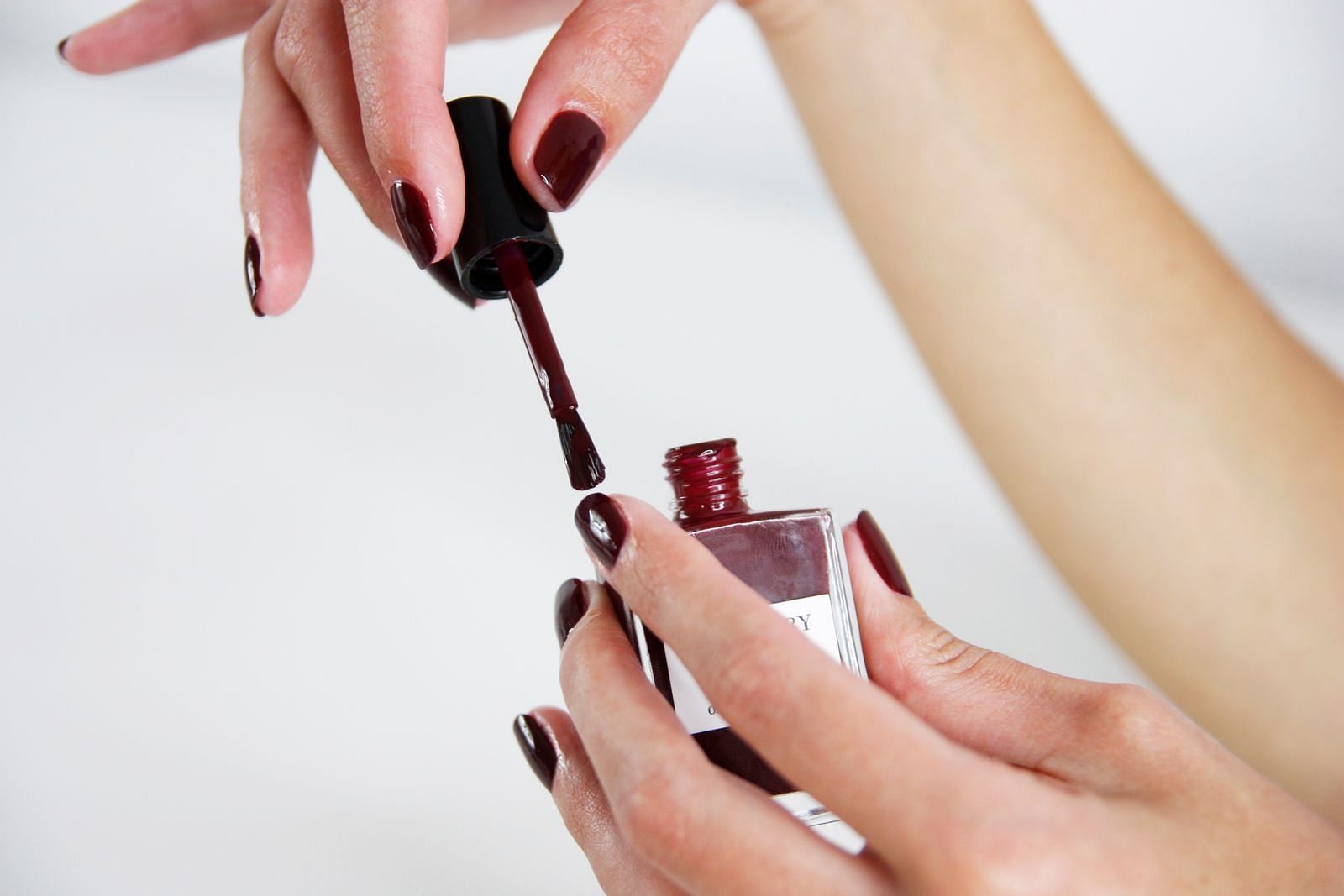



UV Exposure: Remember that UV or LED lamp used for curing? It’s like a tiny tanning bed for your nails. While not as intense as a day at the beach, it’s still exposure to UV radiation that some people may find a bit too much.
Here’s how you can safely apply gel polish and reduce the chances of damaging your nails
Quality Choices: Start by picking nail polish brands that you trust. Look for ones that proudly advertise being “3-free,” “5-free,” or “7-free,” indicating they’re made without certain harmful chemicals like formaldehyde, toluene, and DBP.
Prep Properly: Begin with clean, dry nails. If there’s any residue or oil on your nails, clean them gently with a nail polish remover.
Base Coat: Imagine this as the protective shield for your nails. Always apply a clear base coat before your colored polish. It not only helps the color stick better but also stops your nails from staining.




Thin is In: When it’s time to paint, go for thin, even coats instead of thick layers. Thick coats tend to smudge and take forever to dry.
Patience Pays Off: Let each layer of polish dry completely before adding another. Rushing can lead to bubbles and uneven coverage.
Air It Out: Make sure you’re working in a well-ventilated area to avoid inhaling too many fumes. If you can find nail polish with a milder odor, that’s a plus.
Moderation Matters: Give your nails a breather between polish applications. Going polish-free for a few days or even a week helps your nails recover.
Gentle Removal: When it’s time to remove the polish, use a non-acetone remover. Acetone can be tough on your nails and cuticles. Soak a cotton ball, press it onto your nail, and gently rub off the polish, following your nail’s natural direction.
Keep them Hydrated: Nails and cuticles appreciate some moisturizing. A good nail or cuticle oil or cream keeps them from becoming brittle and dry.
UV Awareness: If you’re into gel polish, be mindful of UV or LED lamps during the curing process. Consider applying sunscreen or wearing fingerless gloves to protect your skin.
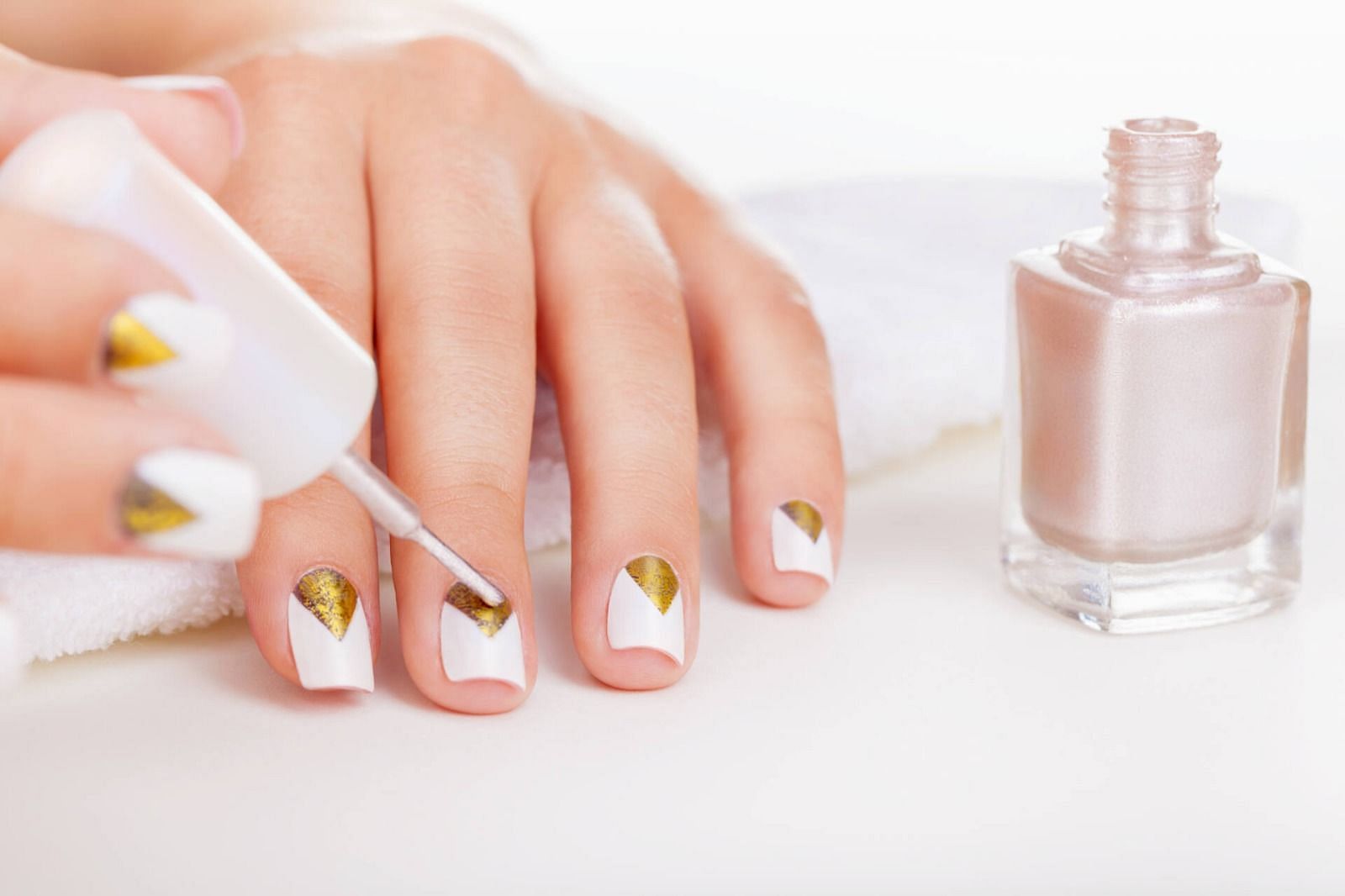



Allergy Alert: Keep an eye out for any signs of an allergic reaction, like redness, itching, or swelling. If you notice these, stop using the polish and reach out to a dermatologist.
Now that you know how to properly apply gel polish, you won’t be at risk of harming your pretty nails or causing any possible distress to them.
This post was originally published on this site be sure to check out more of their content.


